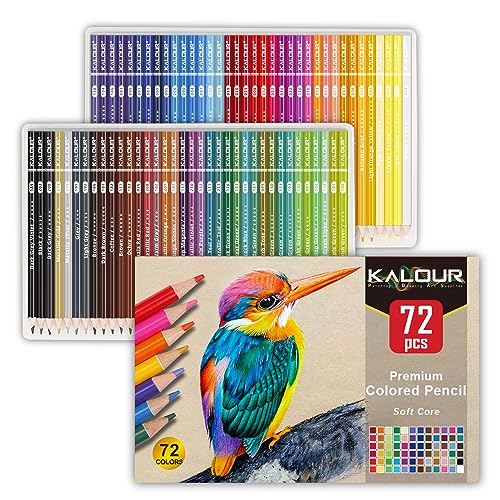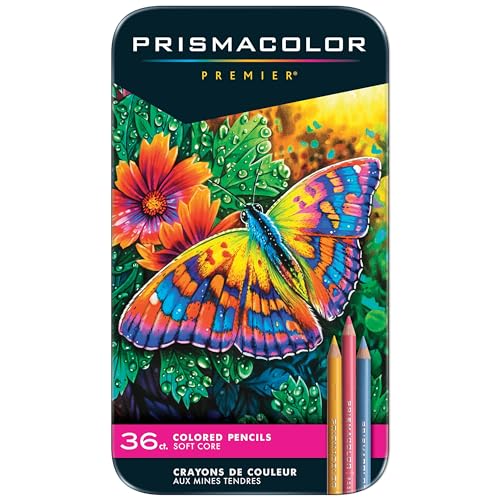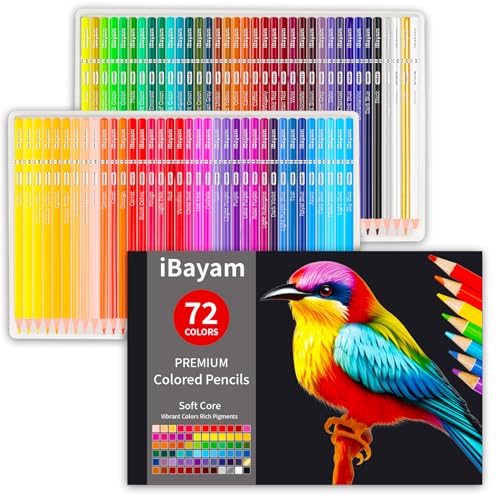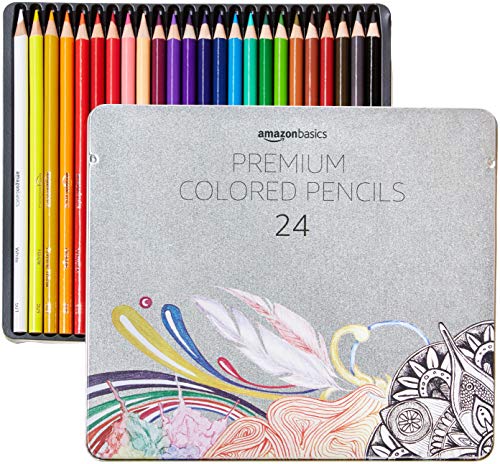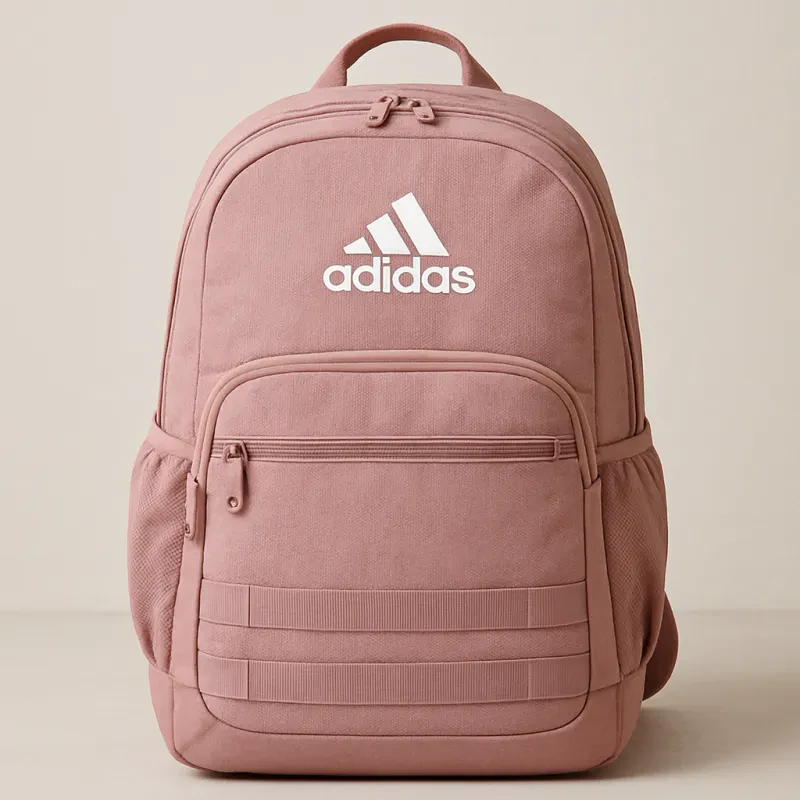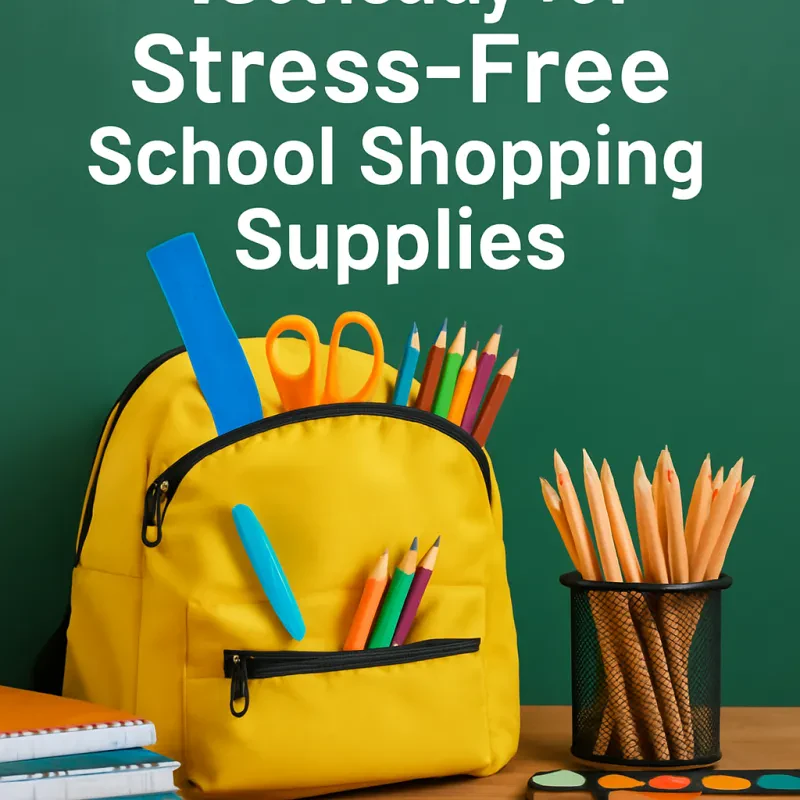Plan Ahead and Set a Budget
When it comes to back-to-school shopping, planning ahead and setting a budget are crucial steps for ensuring a smooth and cost-effective experience. Starting early can help you take advantage of sales and discounts, and it also allows time to compare prices and find the best deals. Begin by reviewing the school supply list provided by your child's school, and make a comprehensive checklist of all the items needed. This will help prevent any last-minute purchases that can add up quickly.
Creating a realistic budget is essential for managing expenses effectively. Assess the costs based on the required school supplies, clothing, and additional items like sports equipment or electronics. It's important to include a buffer in your budget for any unexpected costs that might arise. Consider using budgeting tools or apps to help track your expenditures and stay on course. Allocating a specific amount for each category, such as stationery, clothing, and electronics, can aid in preventing overspending in one area.
To stick to your budget, employ strategies such as price tracking and comparison shopping. Many retailers offer price match guarantees, so it's worth researching this beforehand. Taking advantage of back-to-school sales, bulk buying, and using coupons can significantly reduce costs. Shopping during tax-free weekends, if available in your region, offers additional savings.
Another helpful tip is to involve your child in the budgeting process. Teaching them about the value of money and the importance of sticking to a budget can be a valuable life lesson. Encourage them to make choices within the allocated budget, which not only fosters responsibility but can also help in prioritizing their needs.
Applying these strategies can lead to a well-organized and financially manageable back-to-school shopping experience. By planning ahead and setting a detailed budget, you can ensure that you and your family are well-prepared for the new school year without unnecessary financial stress.
Make a Comprehensive Shopping List
Creating a detailed shopping list is a pivotal step in ensuring that back-to-school shopping is both efficient and cost-effective. An organized list inclusive of all necessary school supplies, clothing, and any essential tech gadgets can significantly streamline the process and help in allocating your budget wisely.
Start by obtaining a standardized list provided by your child's school. These lists often detail required items such as notebooks, pencils, and specific books. From there, tailor the list according to personal needs and preferences, identifying the specific brands or types of supplies your child prefers or needs for their courses. Including clothing items such as uniforms, casual wear, and seasonal accessories is equally important to ensure your child is comfortably dressed for their school days.
Moreover, assess the requirement of tech gadgets such as laptops, tablets, or graphing calculators that might be essential for your child's educational success. However, to avoid overspending on such high-cost items, consider what you already have at home. Before making any purchases, take stock of existing supplies. You might find leftover notebooks, a barely-used pack of pens, or even clothes that are still in good condition from the last school year. Ensuring that nothing goes to waste can substantially lower the cost of back-to-school shopping.
Additionally, group items on your list based on their categories and prioritize them by necessity. This way, you can focus first on the absolute essentials and allocate any remaining budget for less critical items. By maintaining a detailed and updated list, you can systematically navigate both physical stores and online shops, comparing prices and grabbing the best deals available.
Finally, involving your child in the creation of the list can assure that the items purchased are indeed what they need and prefer. This collaborative approach can not only save money but also make the task more enjoyable and lessen the likelihood of unnecessary purchases. A comprehensive shopping list is the cornerstone of a well-planned, budget-friendly back-to-school shopping experience.
Take Advantage of Sales and Discounts
When preparing for the back-to-school season, one of the most effective strategies for saving money is to tap into various sales and discounts. Many retailers offer back-to-school sales, where you can find significant markdowns on essential items such as stationery, backpacks, and clothing. Planning your shopping around these sales events can lead to substantial savings. It's a good practice to monitor flyers, subscribe to store newsletters, and follow social media accounts of your favorite retailers to stay informed about upcoming deals.
Another excellent opportunity for savings is to take advantage of tax-free weekends, which are available in many states. During these weekends, specific categories of items are exempt from sales tax, providing an additional layer of savings. Check your state's guidelines to confirm participation and the qualifying products to make the most of this benefit.
Clearance sections in both online and physical stores are treasure troves for budget-conscious shoppers. Items in clearance are usually heavily discounted to make way for new inventory. Looking for school supplies in clearance sections can yield surprising finds at unbeatable prices. Be sure to check multiple stores to compare available deals.
Incorporating coupons into your shopping strategy is another savvy approach. Manufacturers and retailers frequently offer coupons for back-to-school items. Collecting and using both digital and paper coupons can significantly reduce your final bill. Combining coupon usage with existing sales can double your savings. Many stores also offer special promotions for loyalty program members, so signing up for these programs can provide access to exclusive discounts and offers.
Lastly, don't overlook cashback offers. Many credit card providers and rebate apps offer cashback incentives for purchases made at participating stores. Utilizing these programs can help you get a portion of your expenditure back, effectively reducing the overall cost of your back-to-school shopping. Combining sales, discounts, coupons, and cashback offers can lead to substantial savings, ensuring you're well-prepared without breaking the bank.
Consider Bulk Purchases and Group Buys
One effective strategy for reducing the overall cost of back-to-school shopping is through bulk purchases and collaborative group buys. By buying items in larger quantities, parents can benefit from lower prices per unit. This method not only allows for significant savings but also simplifies the shopping process, making it easier to manage and plan for the school year ahead.
Organizing group buys with other parents is a practical approach to maximize these savings. When multiple families combine their purchasing power, the cost per item typically decreases. This is particularly beneficial for frequently used and consumable school supplies such as paper, pens, and notebooks, where the price advantage of bulk buying is most apparent.
For instance, items like tissue boxes, hand sanitizers, and stationery are ideal candidates for bulk purchases. Schools often require these supplies in large quantities, making them perfect for bulk buying. By dividing the total cost among several parents, each family only pays a fraction of the price, leading to substantial savings.
Another practical example is purchasing printer paper. Typically, a single ream of printer paper might be quite costly, but when bought in bulk packs, the per-ream price drops significantly. Similarly, items like glue sticks, markers, and highlighters, which are often needed in classrooms, can be purchased in larger packs and shared among families, reducing the financial burden for each parent.
To effectively coordinate these group buys, families can set up a communication channel, such as a social media group or email chain, to discuss and arrange purchases. This not merely encourages a sense of community but also ensures that all participating families are on the same page regarding quantities, costs, and logistics.
In summary, by considering bulk purchases and organizing group buys, parents can substantially lower the per-item cost of essential school supplies, making back-to-school shopping more affordable and efficient.
Explore Secondhand Options
As families prepare for back-to-school shopping, one highly recommended approach to saving money is exploring secondhand options. This strategy not only offers significant financial benefits but also aligns with sustainable practices, promoting the reuse and recycling of valuable resources. Gently used items like clothing, textbooks, and various school supplies can often be found at a fraction of the cost of new products.
Online thrift stores have become increasingly popular, offering a wide array of secondhand items in excellent condition. Websites like ThredUp and Poshmark provide easy access to gently used clothing that can meet the dress code requirements of most schools. These platforms also feature user reviews and quality ratings, helping buyers make informed decisions.
Local consignment shops are another valuable resource for finding quality secondhand items. These stores often carry a range of products suitable for school, such as backpacks, lunchboxes, and even sporting equipment. Shopping at local consignment shops allows you to inspect the items closely before purchasing, ensuring that they meet your standards.
Community swaps and garage sales offer yet another way to acquire secondhand school supplies at minimal cost. Many communities organize swap events where families can exchange items they no longer need for items they do. These events foster a sense of community and mutual support while providing a platform for sustainable, cost-effective shopping.
In addition to physical stores and community events, online marketplaces such as eBay and Facebook Marketplace can be treasure troves for finding secondhand school supplies. These platforms provide a vast selection of items, usually at competitive prices, making them an excellent option for budget-conscious families.
By considering secondhand options, families can significantly reduce their back-to-school expenses without compromising on quality. This approach not only helps manage the financial strain of the season but also supports sustainable and environmentally friendly practices, contributing to a greener future for all.
DIY and Upcycling Ideas
A fantastic way to save money on school supplies while also fostering creativity and sustainability is through DIY and upcycling projects. These methods not only reduce expenses but also provide a unique touch to standard school necessities, ensuring your child starts the school year with one-of-a-kind items.
First, consider turning old, unused notebooks into personalized masterpieces. With some decorative paper, stickers, and a bit of glue, you can upcycle last year's forgotten notebooks into fresh, stylish ones. This not only saves money but also gives your child a sense of ownership over their customized supplies.
An easy-to-craft homemade pencil case can also keep costs down. Using fabric scraps or an old, worn-out piece of clothing, you can sew together a practical and durable pencil case. For those less skilled with sewing, a no-sew option can involve simply folding and gluing fabric or using an old eyeglass case repurposed with some decorative touches.
Another innovative idea is refurbishing old backpacks. Instead of buying a new one, jazz up an existing backpack with patches, fabric paint, or iron-on designs. This not only extends the life of the backpack but also allows for a personalized fashion statement that reflects your child's personality and style.
Additionally, everyday items found around the house can be transformed into essential school supplies. Empty cereal boxes can be cut and decorated to function as magazine holders or drawer organizers. Jars and cans, when cleaned and painted, make excellent holders for pens, markers, rulers, and other small items.
By incorporating these DIY and upcycling ideas into your back-to-school shopping routine, you not only economize but also promote environmentally friendly habits. The beauty of these projects lies in their simplicity and the rewarding feeling of creating something new from something old.
Shop Online vs. In-Store
As back-to-school season approaches, parents and students face the decision of whether to shop online or in-store for supplies. Each option offers distinct advantages and drawbacks. Understanding these can help you make the best choice for your needs.
Shopping online offers unparalleled convenience. You can browse and purchase items from the comfort of your home such as shopschoolstuff.com, avoiding the hassle of crowded stores and long lines. Online shopping platforms allow for easy price comparisons, often helping you find the best deals with minimal effort. In addition, many websites offer special promotions and discounts exclusive to online shoppers. With these perks, it is no surprise that online shopping can lead to significant savings on back-to-school essentials.
On the other hand, in-store shopping provides the tactile experience of seeing and feeling products before you buy them. This can be particularly important for items such as backpacks, shoes, and clothing, where fit and comfort are essential. Additionally, some consumers find reassurance in talking to store associates, who can provide immediate assistance and recommendations. Tangible shopping also eliminates the waiting period for shipping, allowing for immediate satisfaction and last-minute purchases.
Whether you choose to shop online or in-store, there are key strategies to make the process safe and efficient. For online shopping, ensure you are purchasing from reputable websites and double-check return policies. It is also wise to use secure payment methods and monitor for any online pricing scams. Conversely, for in-store shopping, plan your trip during less busy hours to avoid crowds, and always keep an eye on your belongings to prevent theft. Bringing a list and sticking to it can help prevent impulse buys and keep your spending in check.
By carefully considering the advantages and nuances of both shopping methods, you can make informed choices that maximize convenience and savings for your back-to-school shopping needs.

